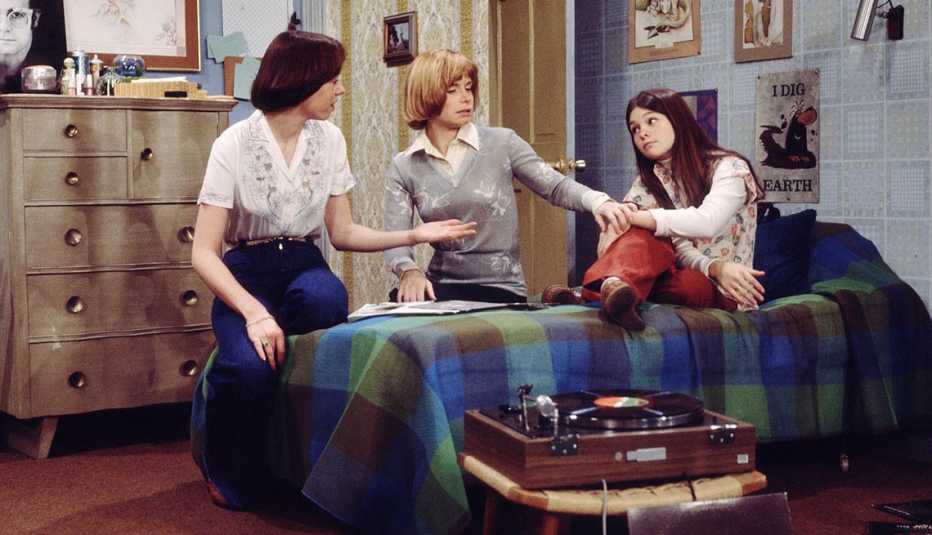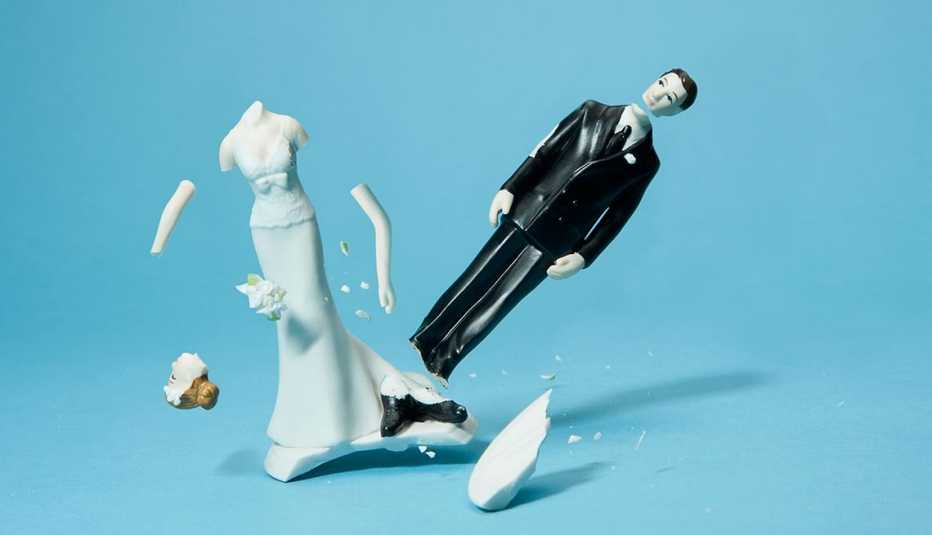AARP Hearing Center


Karen Lee earned her college degree in education but somehow entered adulthood, as she puts it, clueless. "I knew what those who said they were happy had in their lives," says Lee, 63, now a special education teacher in Reno, Nev. "They had degrees. They were busy. They had friends. They had fun. And they were married."
In 1977, Lee was dating a fun, good-looking chef she'd worked with at an Italian restaurant in Ohio. He proposed to her. Great, now I have all the ingredients in the happiness recipe, she thought. She was 27. Three and a half years passed. She found empty alcohol bottles in their garage and did what spouses do — blamed neighborhood teenagers. "Then one day it just hit me: I'm going to be sitting in Al-Anon ... with someone I don't even really like." She felt bad about this — she knew she was supposed to stay and help her husband. "But what I thought was, There is a big wide world out there for me. So I gave him half of everything and said, 'Give me the dog, or I'll kill you.'"
Lee's divorce was one of many others in 1981. Like playing Pac-Man and doing the Jane Fonda Workout, dynamiting your marriage was something of a national pastime in the early 1980s. Throughout the 20th century, the U.S. divorce rate had crept steadily upward, with two short spikes in the wakes of the world wars. Then it surged, nearly doubling between 1962 and 1973. In 1981, it peaked at 5.3 divorces per 1,000 people — more than 1.2 million. It has been declining ever since.
"Contrary to myth, the chance that the average person's marriage will end in divorce has been exaggerated," says Stephanie Coontz, author of The Way We Never Were: American Families and the Nostalgia Trap. But more profound than the sheer frequency of divorce was its sudden ubiquity in pop culture and social acceptability.
Back in 1970, the creators of The Mary Tyler Moore Show were forced to change heroine Mary Richards from recently split from her husband to merely jilted by her boyfriend because network executives were afraid that audiences wouldn't accept a divorcée. A decade later, dozens of divorced characters frolicked across prime time, from One Day at a Time to Dallas. Meanwhile, Hollywood was cranking out divorce dramas such as 1978's An Unmarried Woman and Kramer vs. Kramer, the Oscar winner for best picture of 1979.
A host of legal changes reflected the trend, including the spread of "no-fault" divorce laws nationwide. And at the peak of this Great Uncoupling, Ronald Reagan and his second wife moved into the White House, making him our first — and still only — divorced president.
Why were so many Americans suddenly looking across the marital bed and saying, "I'm outta here"?
Lawrence Ganong, cochair of the Department of Human Development and Family Science at the University of Missouri, traces the roots of the breakup boom to the social and political tumult of the era, and particularly to the shifting role of women, who were entering the workplace in huge numbers and, like Lee, had the resources to escape unhappy marriages. "Women have always instigated most divorces, so the rise of feminism and women's liberation were huge factors," Ganong says.
And for a certain cohort, this perfect divorce storm never passed. While the overall American rate has steadily retreated from its 1981 peak, in the 20 years since 1990, divorce has doubled for people older than 50 and tripled for people over 65. In other words: A generation that decamped for Splitsville in record numbers 35 years ago is still there, still trying to get it right.



































































More on Home and Family
Is Your Son or Daughter Getting Married?
How to talk about more than the wedding.